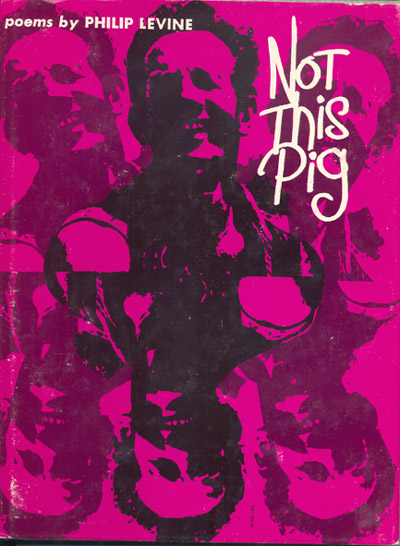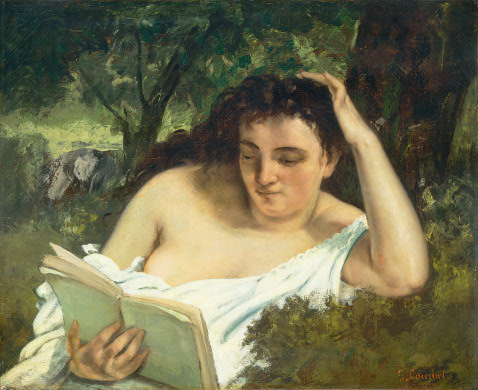Grant Wood. Parson Weems’ Fable. 1939. Amon Carter Museum, Forth Worth.
When I was five years old, before I learned to read, I laid claim to a book in the family library called Pictorial History of American Presidents. It covered the course from George to Ike, who still held office then, and it was loaded with black and white reproductions of historic images and political cartoons. It’s where I first encountered this sardonic painting by Grant Wood. My attention favored the hatchet, of course. Then there was the marvel of George’s pompous head (like the picture on a dollar bill) planted atop a child’s body. What was that about?
I have the book in hand this morning, so spine-cracked and well-thumbed it falls open effortlessly to the very same page I lingered over as a proto-reader. Call it my first foray into postmodern criticism of visual rhetoric. I asked my mom what it meant, and she recited the verities. Young George Washington was playing with a hatchet he never should have touched. He got carried away and senselessly chopped down a cherry tree in the front yard. When his dad found out he got mad an ddemanded to know who’d done it. George answered forthrightly, ‘Father, I cannot tell a lie. I did.’
I knew there was more going on in the picture than my mom would explain. She avoided altogether the surrealism of a grown-up’s head grafted on a kid’s body. And who was the smug guy pulling back the curtain? She didn’t know. Years later I would learn that he was Parson Weems, first biographer of the Father of Our Country. The Parson reminded me then of James Boswell’s scathing description of Thomas Gray, poet of Elegy Written in a Country Church Yard: “He looked as if he’d befouled his small clothes, and only he knew it.” Parson Weems invented the story about George Washington chopping down the cherry tree. Call it an embellishment, a convenient truth, the fable is forever enshrined now in civil mythology. Hatchets in hand, rough-hewn but square-cut, American political leaders have been ostentatiously honest ever since.
Originally posted 091408.
See other #inaug09 content on this blog. See #inaug09 on Twitter.
![gustave_caillebotte_paris_street_rainy_day Gustave Caillebotte. Paris Street, Rainy Day (La Place de l’Europe, temps de pluie). 1877. Oil on canvas. Art Institute of Chicago. [Source: Wikimedia Commons]](../../../../wp-content/uploads/2009/02/gustave_caillebotte_paris_street_rainy_day_1877_wiki.jpg)
![Fog at Isle Royale [Source: wildmengoneborneo.com] Fog at Isle Royale [Source: wildmengoneborneo.com]](../../../../wp-content/uploads/2008/04/isle_royale_fog.jpg)
 If there is an emerging genetic underclass, I could run for class president or class clown. Read more in
If there is an emerging genetic underclass, I could run for class president or class clown. Read more in 

While updating the image of Parson Weems’ Fable to a larger format, I added this description by Steven Biel in the alt tag :
Pingback: Attention Economy - August 20, 2023 | a blind flaneur